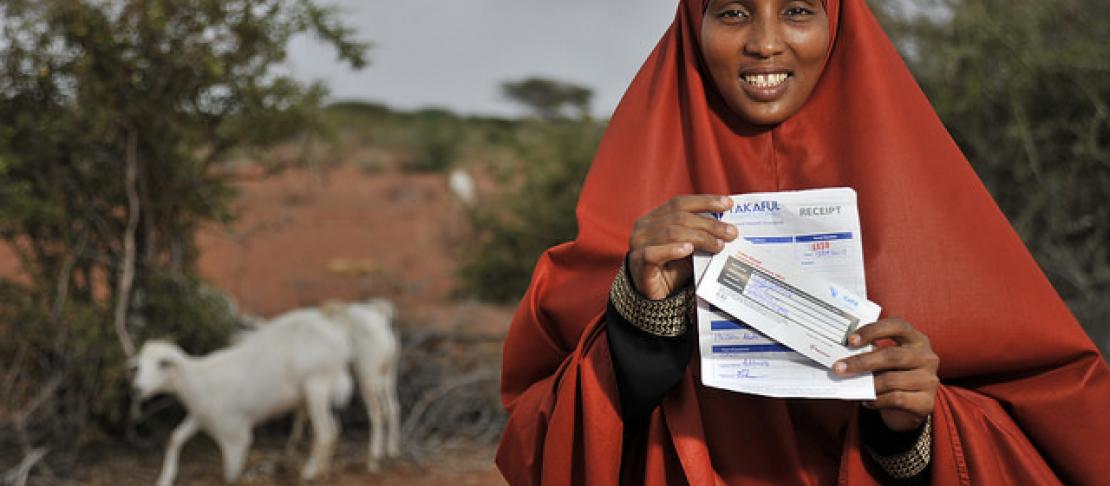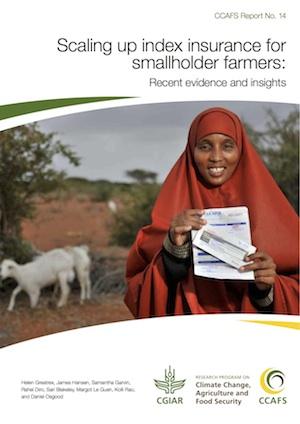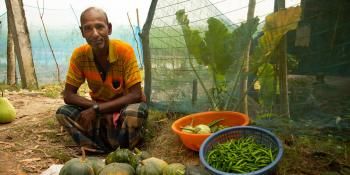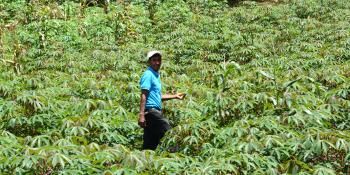Index insurance arms farmers against a changing climate

Study finds index insurance spurs greater agricultural productivity and protects against catastrophic losses due to weather and climate risk
Live Webcast 28 January 2015
Insuring the future of farmers under climate change
New Report
Scaling up index insurance for smallholder farmers: Recent evidence and insights
In developing countries, crop and livestock insurance in harsh climates is usually unavailable to small-scale farmers and herders. But it is complicated and expensive for insurance companies to examine loss claims among many small, widely dispersed and remote farms and herding communities. As a result, farmers and pastoralists are left without insurance, vulnerable to the whims of the weather.
But innovations in science and technology are changing this. Index-based insurance is a science-based product that can provide access to insurance to smallholder farmers in these remote areas, spurring greater agricultural productivity and protecting against catastrophic losses due to weather and climate risk.
A new study, carried out by the CGIAR Research Program on Climate Change, Agriculture and Food Security (CCAFS) and the International Center for Climate and Society (IRI) at Columbia University showcases projects that have overcome many of the challenges that have previously hindered the uptake of index-based insurance, such as poor infrastructure and lack of financing, and have gone on to scale to reach millions of smallholder farmers in some of the poorest areas of the world, many of which were previously considered uninsurable.
Index insurance differs from traditional indemnity insurance, where payouts are explicitly based on measured loss. Instead, in index insurance, farmers can purchase coverage based on an index that is correlated with those losses, such as wind speed, the amount of rain during a certain window of time (weather based indices) or average yield losses over a larger region (area yield indices). Payouts are then triggered when this index falls above or below a pre-specified threshold. This means that index insurance is not designed to protect farmers against every peril, but is instead designed for situations where there is a well-defined climate risk that significantly influences a farmer’s livelihood.
Index insurance has the potential to build the resilience of smallholder farmers, not only by providing a payout in bad years to help farmers survive and protect their assets; but also by helping to unlock opportunities that increase productivity in the non-payout years, which might allow them to escape from poverty traps or from the threat of them. For example, insurance might allow a farmer to access credit, which they can then use to invest in new agricultural technologies or inputs. This could allow the farmer to use their increased profits to pay for the insurance premium, knowing that the insurance would allow them to repay their loan in the event of a climate shock.
Read more about index-based insurance:
Research In Action: Index Insurance: A tool for managing climate risk




